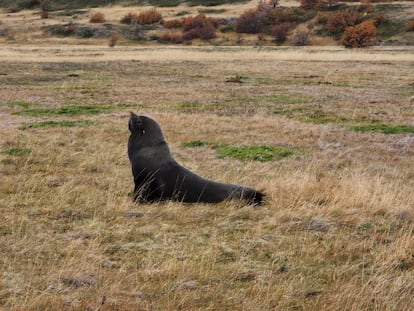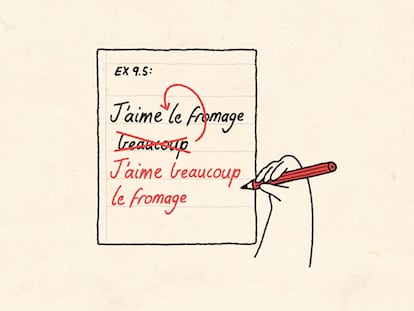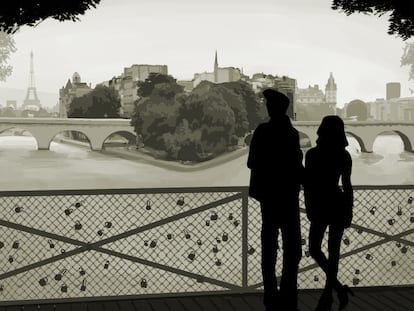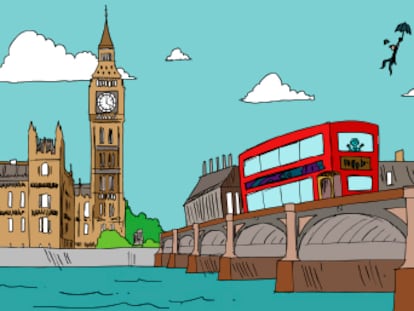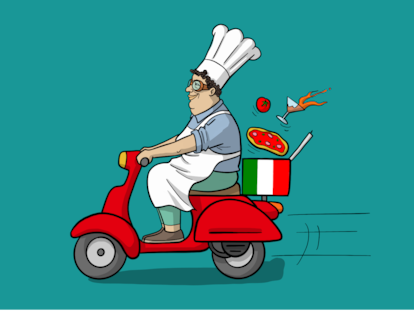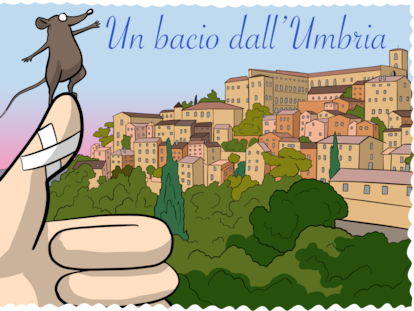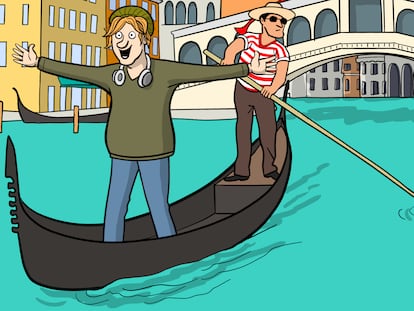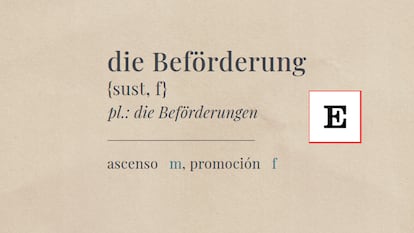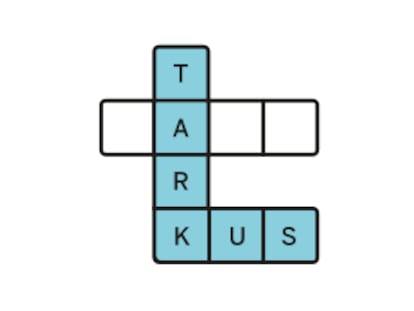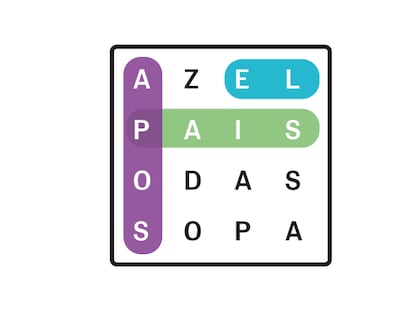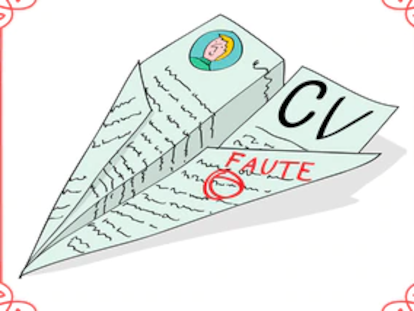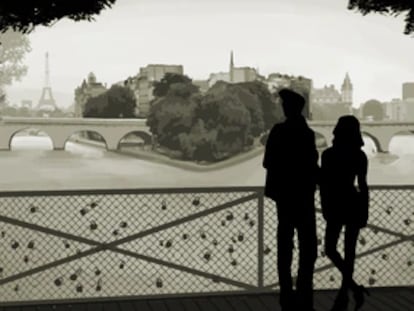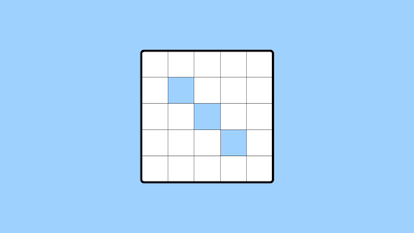Invasion of the Indio Maíz Biological Reserve: Nicaraguan settlers besiege Costa Rica
Mining, ranching and logging by squatters — who are acting in collusion with the Ortega government in Managua — are expanding to the Costa Rican side of this nature reserve, which is key to maintaining the biological connectivity of the Americas
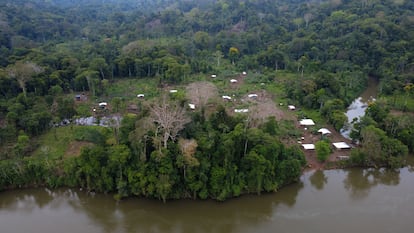

On the Costa Rican banks of the San Juan River, José María Flores Arróliga’s boat anchors next to a makeshift dock made of planks. The current is constant, yet gentle. And the boat — designed to withstand the open sea — barely rocks as José unloads enormous, oval watermelons that look more like missile heads than fruits. He has an infectious smile as he works.
These watermelons are the last ones he has left, after selling almost the entire harvest from his farm upriver. Located in the community of Machado, his plot is in a settlement founded in the heart of the San Juan River Wildlife Refuge (RVSSJ). This dense forest is part of a broader binational corridor, nestled between the RVSSJ and the Indio Maíz Biological Reserve. It’s a single ecosystem, split by the wide San Juan River that marks the natural border between Nicaragua and Costa Rica. The river is key to maintaining biological connectivity between Central and South America.
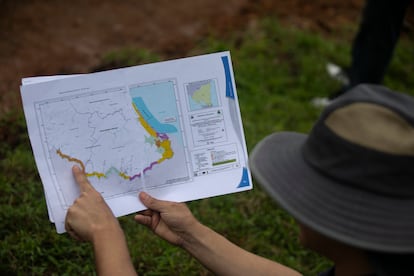
José — or Chema, his nickname — is excited. Machado’s second patron saint festival is approaching. The day marks the anniversary of the 1979 Sandinista revolution, which overthrew the Somoza dictatorship. The Sandinista National Liberation Front (FSLN) is now Nicaragua’s ruling party, led by President Daniel Ortega.
The first celebration was in July of 2024, a few months after he arrived by boat from Bluefields — the capital of Nicaragua’s southern Caribbean region — to settle in this community. He bought 100 manzanas of land — equivalent to 170 acres — for 40,000 córdobas, or just over $1,000. He then began cutting down trees to build his house and demarcate the plots for the crops that he grows: watermelons, plantains and cassava.
“I’m taking a chance with these [170 acres]. I bought them from one of the community’s founders,” Chema tells EL PAÍS. Although he prefers to omit the full name of the landowner who sold him the land, he makes it clear that the seller has connections to the government of Nicaraguan President Daniel Ortega and Co-President Rosario Murillo.
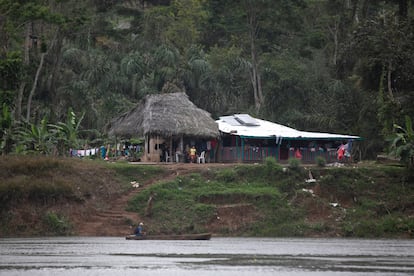
“That’s why July 19 was chosen to celebrate Machado’s first patron saint festivities,” he explains. “The government is giving us a chance to work,” Chema continues. “There are two options here: either you’re with the government, or you’re against it. If you’re against it, then you’ll have nothing to gain. I’m for the government; I have no reason to hide it,” he admits.
In the worldview of the Indigenous peoples who inhabit Nicaragua’s protected forests — the Miskito, Mayangna and Afro-Creole peoples — people like Chema are referred to as “settlers.” They’re invaders who, 18 years ago — when Ortega returned to power after his initial 1985-1990 administration — began a fierce process of plundering and destroying ecological reserves, such as Bosawás. Indio Maíz, the Rama-Kriol territory and now the San Juan River Wildlife Refuge — which form a single ecosystem — have also been targeted.

This vast forest in southeastern Nicaragua — which borders Costa Rica — is protected by national laws, conservation protocols backed by UNESCO, as well as the 1971 Ramsar Convention on Wetlands. Selling land within the 1,184 square miles that makes up these three reserves is strictly prohibited. Yet, despite this, Chema managed to buy his plot. He now makes a living from farming, one of the four extractive industries that are devastating Nicaragua’s forests: mining, logging, cattle ranching and intensive agriculture.
This “ecocide” — as exiled Nicaraguan biologist Amaru Ruiz calls it — has led to the forced displacement of more than 3,000 Indigenous people. The community members are unable to withstand the armed violence that invaders use to seize the land. At least 70 Indigenous people have been murdered over the last 15 years as a result of this colonization process. And, since 2018 — when an illegal farmer started a raging forest fire that burned 6,788 hectares of the Indio Maíz Biological Reserve — the invasion has been overwhelming. That fire — along with citizen accusations of negligent governmental oversight — also sparked popular discontent against the Sandinista regime, which led to massive social protests that were harshly repressed by Ortega and Murillo.
Journalistic investigations have documented illegal land transactions in these reserves over the last decade, along with the accompanying violence. Countless deeds and notaries operate under the protection of a regime that — just a few weeks ago — approved the so-called Law of Environmental Conservation and Sustainable Development Areas. This legislation prioritizes “economic development” — mining, logging and livestock farming — over environmental conservation and the rights of Indigenous communities. Colonization is no longer merely tolerated: it is now upheld by federal law.
This complicity can be seen in the binational forest, where — for the past three years — settlers have occupied the core of the Indio Maíz Biological Reserve, penetrating it and establishing themselves on the banks of the San Juan River. The natural border has — for now — prevented them from building settlements on the Costa Rican side, but it hasn’t halted the expansion of activities such as mining, cattle ranching, logging and wildlife trafficking. The invasion is already crossing the river and is quickly becoming a binational problem that few Costa Ricans seem to notice.
A small farm at a good price
Another settler — named Omar Guillén — tells EL PAÍS that the invasion has reached the border that delimits the San Juan River due to the “saturation” of Nicaragua’s protected reserves. Indio Maíz has been divided into plots. It’s now filled with towns. One of them, in Managuita, even houses a nightclub called Selva Negra (Black Jungle).
The forest along the border is now the most “easily-available” territory for “a small farm at a good price,” Guillén points out. Plots of 85 acres sell for between 15,000 and 20,000 córdobas (approximately $400 to $550). There are no formal documents, only “guarantees” with no legal validity under conservation regulations.

The settlers have found that the only way to aspire to a property deed is to support the ruling party. The hamlets that extend along the 124 miles of the banks of the wide San Juan River fly red-and-black flags, the Sandinista symbol. The Fundación del Río — an environmental NGO led by Amaru Ruiz — warns that colonization in this area has increased dramatically over the last 36 months.
Using satellite images, his organization has spent three years documenting how the plots have displaced the dense forest. From a drone’s perspective, the deforested areas look like the footprints of a giant, one who is determined to wither the jungle, which is home to great green macaws, jaguars, tapirs, American crocodiles, hawksbill turtles, as well as the imposing harpy eagle.
A recent report by the Fundación del Río reports that at least 1,587 illegal structures have been built in the San Juan River Wildlife Refuge, representing a 49% increase in settlements. “They didn’t exist three years ago,” repeat several Costa Rican locals interviewed by this newspaper.
Overall, Nicaragua has lost 22% of its forests in the last two decades, according to Global Forest Watch. The United Nations ranks it as the country with the highest deforestation rate in Central America. In Indio Maíz, the loss amounts to 38.7%, while it stands at 32% in the San Juan River Wildlife Refuge.
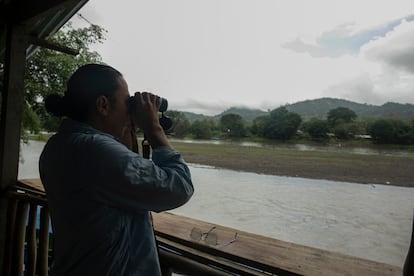
According to the Fundación del Río, the first land invasions in this area were promoted by Sandinista officials from the mayor’s office in El Castillo. The municipality is located in the department of Río San Juan. Later, an initiative — titled Project for the Sanitation and Protection of the Indio Maíz Reserve — was launched. It has been endorsed by Jorge Ariel Omier Ruiz, president of the Rama-Kriol Territorial Government and a Sandinista activist.
In Machado, Chema’s settlement, the complicity of the Ortega-Murillo government seems clear: the Nicaragua National Institute of Information Development (INIDE) has conducted a census of the population. A school and a health center are being built. And the settlers are applying for permits with the Ministries of Health and Education.
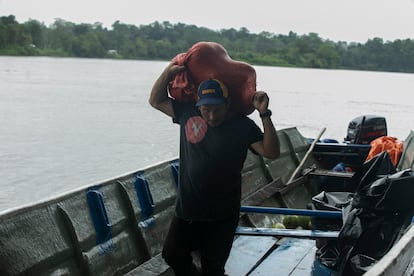
However, these settlements are developing without urban planning or basic services. And, while the report published by Fundación del Río doesn’t provide exact figures, most of the new settlements lack educational or healthcare infrastructure.
Costa Rica suffers the first effects of the invasion
Faced with this situation, Costa Rica is taking on the responsibility of providing services, especially healthcare and free education. The settlers and residents interviewed for this report agree on a pattern: children cross the river every morning to attend classes in Costa Rica and return to Nicaragua — to the invaded lands — in the afternoon.
The Costa Rican Social Security Fund (CCSS) confirmed to EL PAÍS that, in the last three years, it has offered services to an average of more than 2,500 uninsured Nicaraguans per year in the border area. Meanwhile, the Costa Rican Ministry of Education reported a significant increase in the number of Nicaraguan students enrolled in secondary schools between 2023 and 2024, especially in border cantons such as Los Chiles (from 209 to 440), La Fortuna (from 97 to 298), Puerto Viejo (from 254 to 450) and Pital (from 208 to 390).
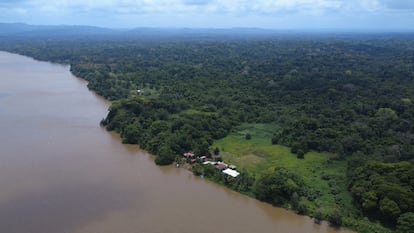
As the Ortega regime institutionalizes the illegal occupation of the forest, it is the Costa Rican state that vaccinates, educates and provides care for settlers and their children. Furthermore, in these areas, violence, trafficking, as well as illegal gold mining — with the toxic substances that this brings — all flourish.
“Las Chorreras is a mining town that was founded in a different context. However, with this invasion, people enter through Las Cruces — located in the Indio Maíz Reserve — and then exit through this Costa Rican area,” explains environmentalist Amaru Ruiz, standing on a hill overlooking a plot of land that once stood on the other side.
“The güiriseros [artisanal miners] find a chain of suppliers in Costa Rica, which provides them with everything from basic foodstuffs to mining inputs," adds Ruiz. “The mining population finds farms in Crucitas to extract land. There’s an entire network of mercury and cyanide-trafficking that we’re investigating. That’s why we’re seeing a total invasion of the left bank of the San Juan River.”
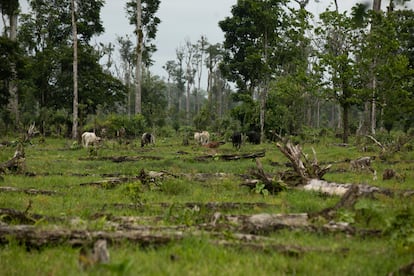
The Public Force of Costa Rica claims to constantly patrol the area where open-pit mining is prohibited. Almost every week, officers report seizures of fuel, generators, shovels and other equipment. In the first three weeks of April alone, they arrested 50 miners. But they can’t keep up.
In early-May, Pilar Cisneros — a congresswoman from the ruling party in Costa Rica, the Social Democratic Progress Party (PPSD) — denounced the situation, using economic rather than environmental arguments. “We’re giving away gold worth $4,000 an ounce so that Nicaragua can increase its exports. They already export more than $2 billion [in gold] each year. It’s our gold and they’re leaving us with the pollution,” she complained.
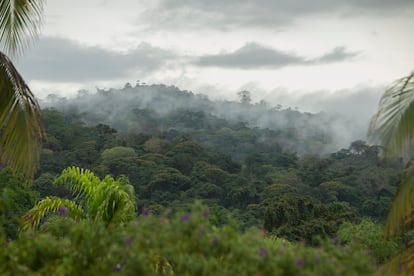
Disputes over gold have fueled tensions, mercury-trafficking and clashes between groups operating without oversight. Although there are military detachments along the entire Nicaraguan border, their presence is limited to monitoring navigation on the river (which is entirely Nicaraguan). They don’t get involved in mining enclaves and hamlets. Many of these illegal camps are set up just feet from the barracks. In these camps — under the complicit gaze of the Ortega-Murillo regime — parallel economies have flourished, sustained by illegal mining, smuggling and the absent rule of law. And, with the extraction of gold, violence is also spreading to Costa Rica.
For the past 40 years, environmentalist Ulises Alemán has been protecting the great green macaw, as well as the mountain almond trees where they nest. From the last inch of Costa Rica’s northern border, he sums up the situation: “Everything is connected. If the great green macaw disappears, it’s not just one bird we lose: it’s the entire forest that dies.”
Sign up for our weekly newsletter to get more English-language news coverage from EL PAÍS USA Edition
Tu suscripción se está usando en otro dispositivo
¿Quieres añadir otro usuario a tu suscripción?
Si continúas leyendo en este dispositivo, no se podrá leer en el otro.
FlechaTu suscripción se está usando en otro dispositivo y solo puedes acceder a EL PAÍS desde un dispositivo a la vez.
Si quieres compartir tu cuenta, cambia tu suscripción a la modalidad Premium, así podrás añadir otro usuario. Cada uno accederá con su propia cuenta de email, lo que os permitirá personalizar vuestra experiencia en EL PAÍS.
¿Tienes una suscripción de empresa? Accede aquí para contratar más cuentas.
En el caso de no saber quién está usando tu cuenta, te recomendamos cambiar tu contraseña aquí.
Si decides continuar compartiendo tu cuenta, este mensaje se mostrará en tu dispositivo y en el de la otra persona que está usando tu cuenta de forma indefinida, afectando a tu experiencia de lectura. Puedes consultar aquí los términos y condiciones de la suscripción digital.
More information
Archived In
Últimas noticias
Most viewed
- Sinaloa Cartel war is taking its toll on Los Chapitos
- Oona Chaplin: ‘I told James Cameron that I was living in a treehouse and starting a permaculture project with a friend’
- Reinhard Genzel, Nobel laureate in physics: ‘One-minute videos will never give you the truth’
- Why the price of coffee has skyrocketed: from Brazilian plantations to specialty coffee houses
- Silver prices are going crazy: This is what’s fueling the rally

